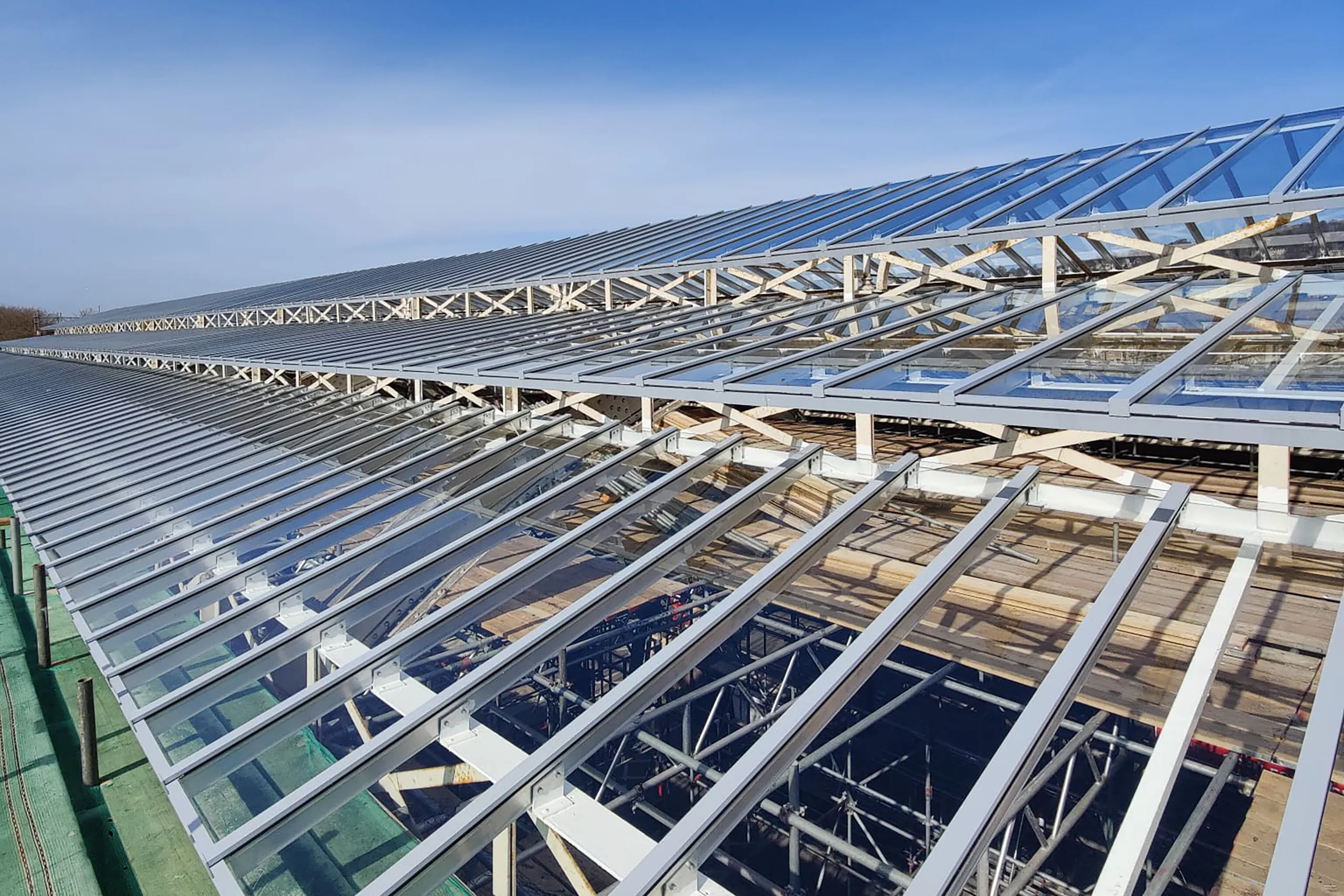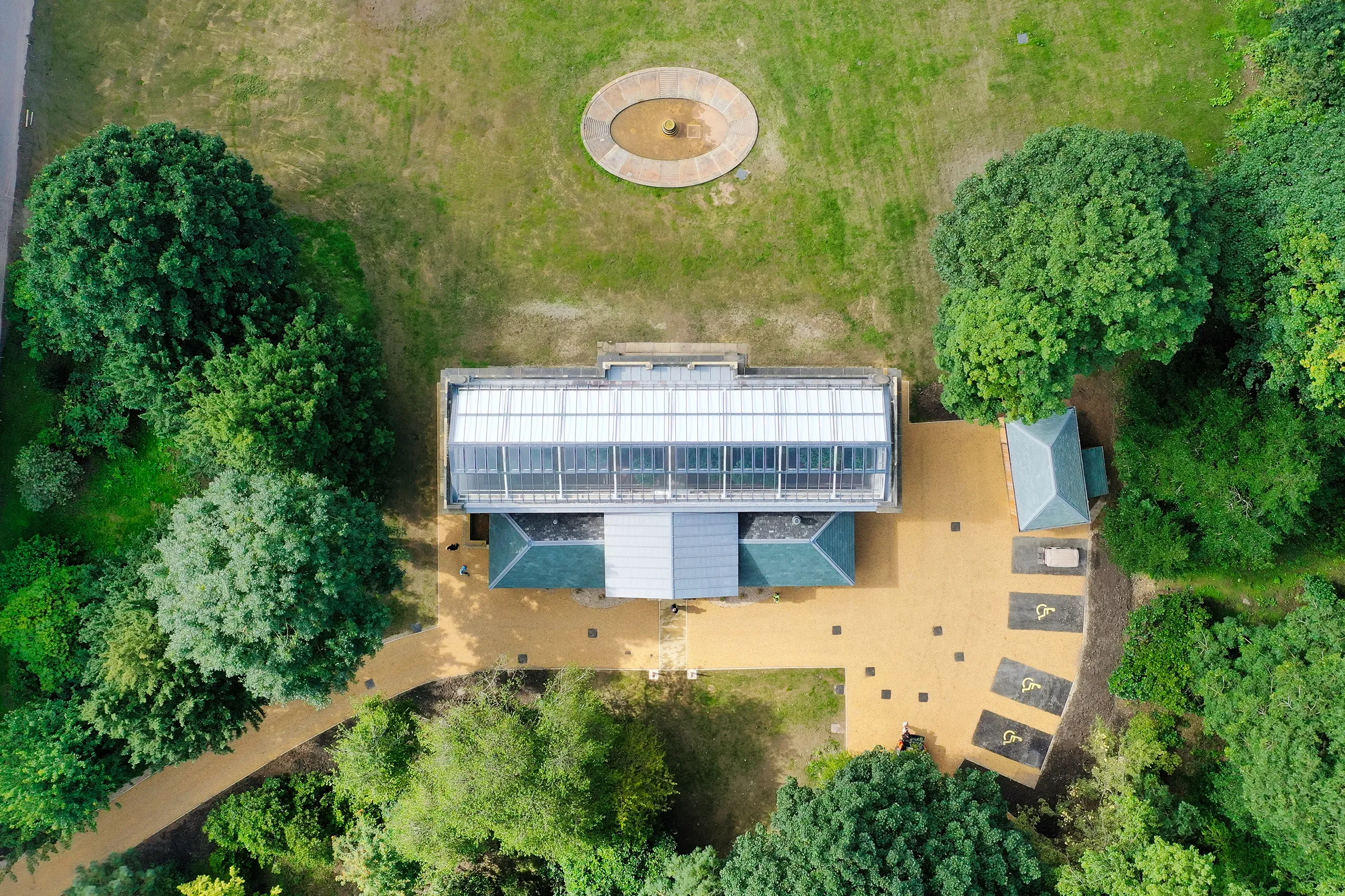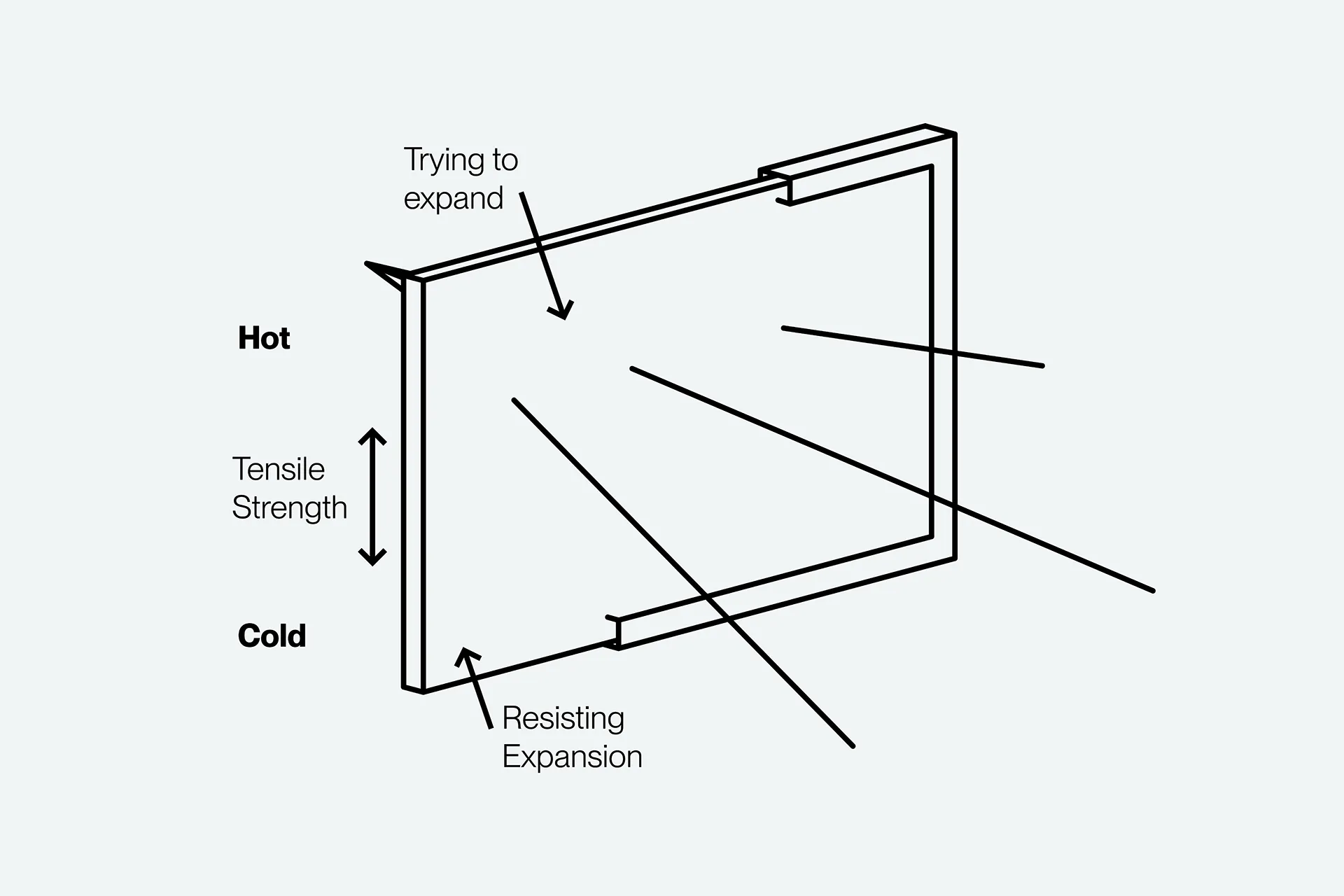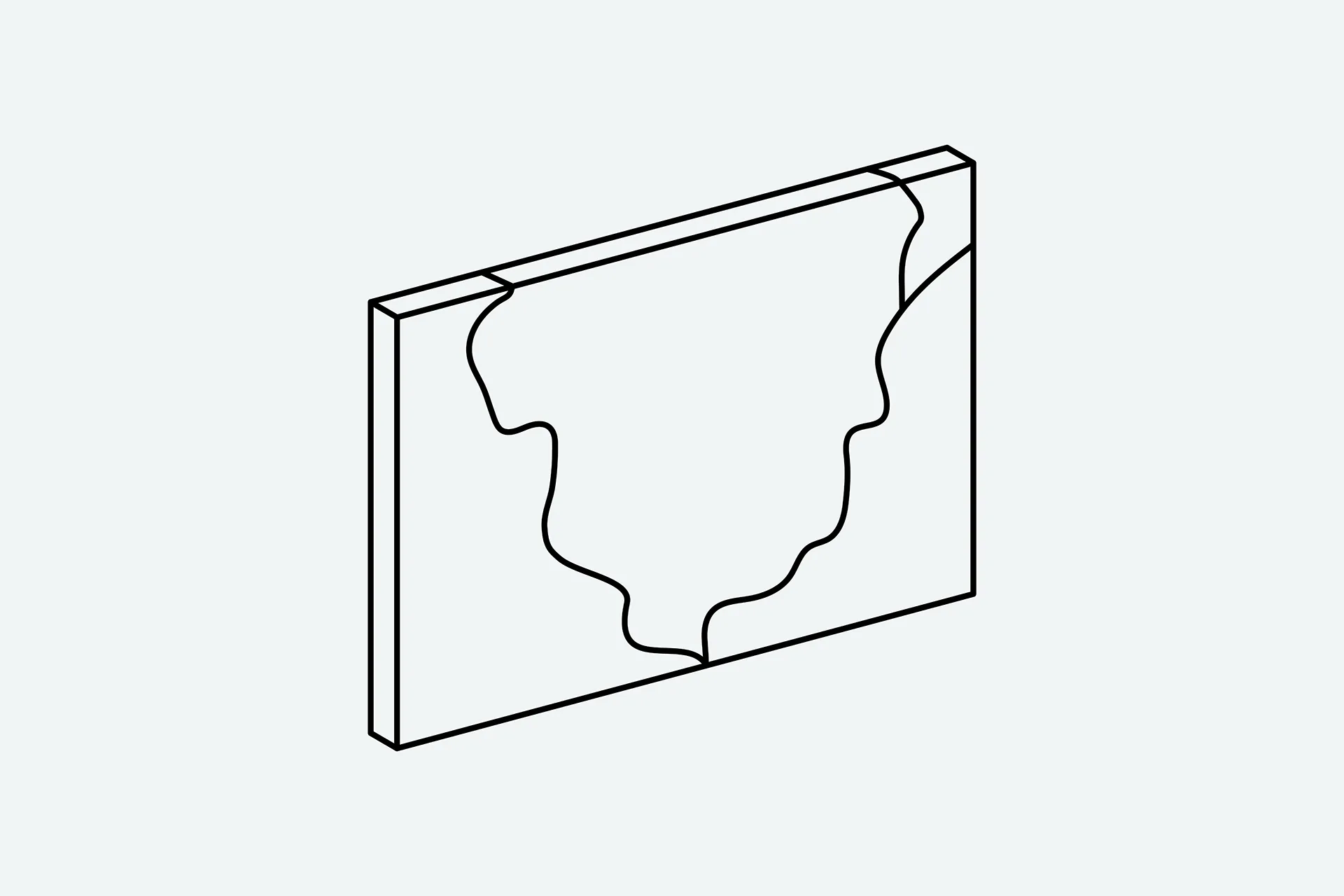Due to roof glazing being exposed to significantly higher levels of solar heat than vertical glazing consideration needs to be given to the possible thermal stresses created in glass which are capable of causing the glass to fracture. Toughened glass is not subject to fractures from thermal stresses. However, laminated and wired glass certainly are. Please read the following in-depth information regarding thermal stresses and how best to avoid this occurrence in your roof glazing projects.
Thermal Safety Guidance


Introduction To Thermal Safety Issues
This information introduces the concept of thermal stress which may be induced in glass as a result of exposure to solar radiation. It also gives an overview of the factors taken into account when assessing the thermal safety of glazing exposed to solar radiation and offers useful guidance on how to approach this aspect of building design. Thermal safety of glass must be taken into account early in the design of buildings, since it has implications for the specification of the glass.

Fig 1

Fig 2
Thermal Stress In Glass
The magnitude of thermal stress depends on the temperature difference between the hottest and coldest parts of the glass and also on the distribution of the temperature across the glass. Glass is commonly glazed by retaining the edges of the glass with a gasket or glazing bead. The area of glass exposed to solar radiation absorbs heat, rises in temperature and expands. The edges of the glass, which are shielded from solar radiation, remain cooler than the exposed area (see Figure 1). The resulting differential expansion causes tensile stress at the edge of the glass, if this exceeds the breakage strength of the glass a thermal fracture will result (see Figure 2).
Factors Affecting Thermal Stress
Any factor which increases the hot centre/cold edge differential tends to increase the thermal stress. We have listed below in order of prevalence the main factors which can cause thermal fractures in glass used in overhead patent glazing systems. None of the causes listed below are associated with Toughened glass but Laminated and Wired glass as both highly susceptible to fractures if the following criteria exist on your project.
Internal Shading Below Laminated Glass (from blinds or other devices)
Blinds and other internal shading devices can interfere with the free movement of air over the glass. They also reflect and re-radiate solar radiation, increasing the temperature of the glass. We therefore insist that close fitting internal blinds should NEVER be installed below patent glazing when the inner pane is of a laminated or wired type as this will almost certainly cause the majority if not all panes to fracture. Toughened glass should always be used in these cases.
Solar Control Films applied to Laminated Glass
The application of solar control films to laminated or wired glass will significantly increase the absorption of the glass and hence the thermal stress resulting in fractures in most cases. We will NEVER supply laminated or wired glass with solar control films but retro-fitting of these items have been carried by others after our installation. The results are very costly. Only use solar control films on toughened glass.
Wide Back-up Materials/Builders Kerbs at the bottom of Patent Glazing with Laminated Glass.
Any means by which heat is reflected or re-radiated back into the glass from inside the building increases the heat absorbed by the glass. The term back-up is used to describe a permanent structure close to the inside surface of the glass. It is usually associated with wide builders kerbs which are below the glazing creating a significantly higher temperature of the glass situated directly above the kerb. Laminated and Wired glass are very likely to fracture in these circumstances. Toughened glass is unaffected by this condition.
Internal Heaters Below Laminated Glass.
The primary source of energy that gives rise to thermal stressing is the sun. Secondary sources, such as convection or radiant heaters can supplement the solar heating and increase thermal stress, especially if the heat is directed onto the glass. Laminated and Wired glass will thermally fracture when located close to internal heaters. Always use toughened glass in these instances.
Glass Edge Condition
The condition of the edges of the pane of glass is extremely important. As the tensile stresses induced in the glass are located at the edges, the breakage strength of the glass is in the main related to the extent and position of flaws in the edge.
High Absorption of Solar Radiant Heat
The most important glass property in relation to thermal stress is absorption. The greater the absorption of solar radiant heat, the higher the resulting temperature of the glass will be and the greater the thermal stress.
External Shading Over Laminated Glass
Partial or prolonged shading can produce large temperature differences. Additional thermal stresses will be induced in the glass if it is partially shaded from the sun by external elements, such as canopies, deep transoms, balconies, deep mullions or adjacent walls. Shadows may also be cast by more distant objects such as trees or nearby buildings.
Assessment Of Thermal Safety
The thermal safety of glass is assessed by comparing a calculated value of the maximum temperature difference the glass will encounter in its glazed situation with the safe temperature difference for the glass. If the safe temperature difference is exceeded by the maximum temperature difference for a particular pane of glass, then that pane will be thermally unsafe for the proposed glazing situation.
If the glass is not thermally safe, then consideration will need to be given to adjusting the system or the glass type. Toughened glass has a much greater safe temperature difference than annealed or laminated glasses and consequently the solution is often to change the glass specification to a toughened form of the selected glass.
Pilkington has developed a technique for predicting the thermal safety of glazed installations subjected to solar radiation. An assessment service is available for glass types based upon the client submitting a completed Thermal Safety Check form.